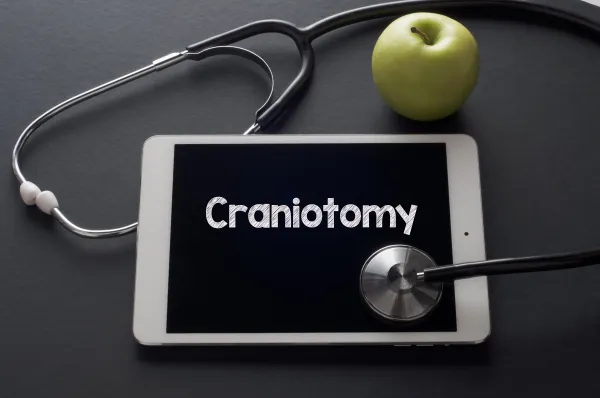Neurosurgery Coding Alert
Surgery:
Use These Tips to Tap Spinal Puncture Coding Gold
Published on Mon Nov 06, 2023

You’ve reached your limit of free articles. Already a subscriber? Log in.
Not a subscriber? Subscribe today to continue reading this article. Plus, you’ll get:
- Simple explanations of current healthcare regulations and payer programs
- Real-world reporting scenarios solved by our expert coders
- Industry news, such as MAC and RAC activities, the OIG Work Plan, and CERT reports
- Instant access to every article ever published in Revenue Cycle Insider
- 6 annual AAPC-approved CEUs
- The latest updates for CPT®, ICD-10-CM, HCPCS Level II, NCCI edits, modifiers, compliance, technology, practice management, and more
Related Articles
Other Articles in this issue of
Neurosurgery Coding Alert
- Surgery:
I.D. Craniosynostosis Type for Optimal Coding
Surgery type depends on specifics of condition. When a patient is suffering from craniosynostosis, surgery [...] - CPT® 2024:
T Codes Get Big Update Next Year
Remember to check with payer to see if procedure’s covered. If CPT® 2024 is any [...] - Surgery:
Use These Tips to Tap Spinal Puncture Coding Gold
Decision to perform puncture could be made during E/M. Coders that aren’t careful could have [...] - You Be The Coder:
First Encounter With MS Patient
Question: Encounter notes indicate that the surgeon treated a new patient with multiple sclerosis (MS) of [...] - Reader Question:
Check for Anesthesia Before Coding Manipulation
Question: After a level-four office evaluation and management (E/M) service for an established patient, the provider [...] - Reader Question:
Know These Factors to Detect Bone Biopsy Depth
Question: Encounter notes indicate that our surgeon took a thoracic spinal bone biopsy. Would this be [...] - Reader Question:
Reiter’s Block? Use This Info to Choose Dx
Question: Encounter notes indicate that the physician treated a patient with Reiter’s disease in the [...] - Reader Question:
CMS Allows (a Little) Grace on Redetermination Filings
Question: We are getting really close to the 120-day deadline to submit a redetermination to Medicare [...]
View All




